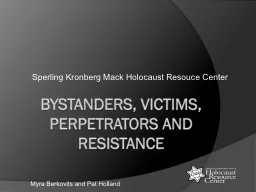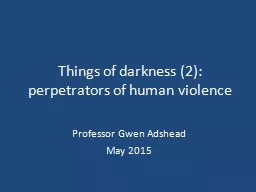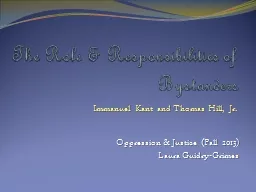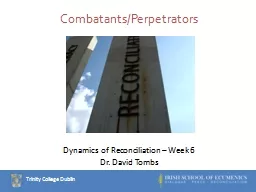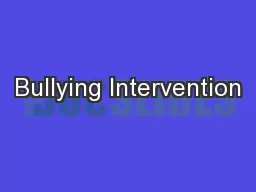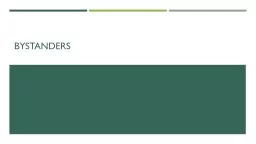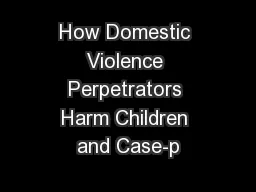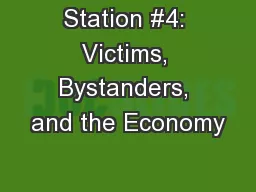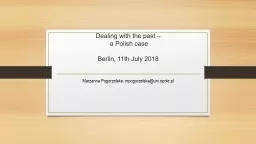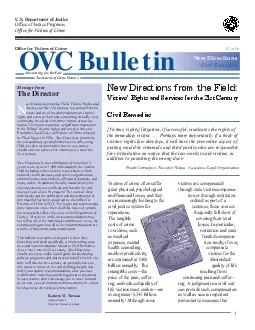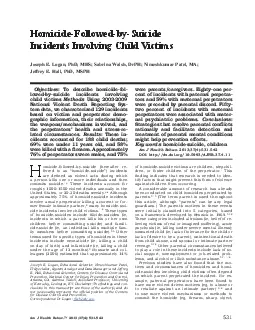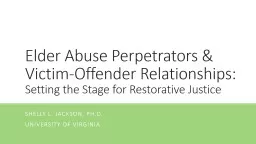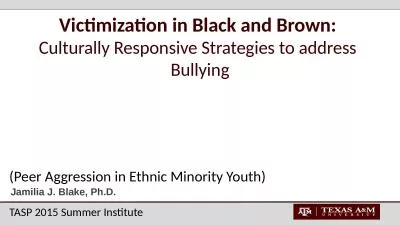PPT-Bystanders, Victims, Perpetrators and Resistance
Author : conchita-marotz | Published Date : 2016-02-26
Sperling Kronberg Mack Holocaust Resouce Center Myra Berkovits and Pat Holland Bystanders Spectators Indifference The opposite of hate is not love but indifference
Presentation Embed Code
Download Presentation
Download Presentation The PPT/PDF document "Bystanders, Victims, Perpetrators and Re..." is the property of its rightful owner. Permission is granted to download and print the materials on this website for personal, non-commercial use only, and to display it on your personal computer provided you do not modify the materials and that you retain all copyright notices contained in the materials. By downloading content from our website, you accept the terms of this agreement.
Bystanders, Victims, Perpetrators and Resistance: Transcript
Download Rules Of Document
"Bystanders, Victims, Perpetrators and Resistance"The content belongs to its owner. You may download and print it for personal use, without modification, and keep all copyright notices. By downloading, you agree to these terms.
Related Documents

